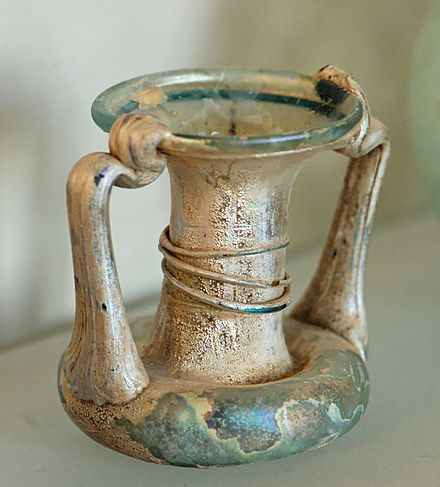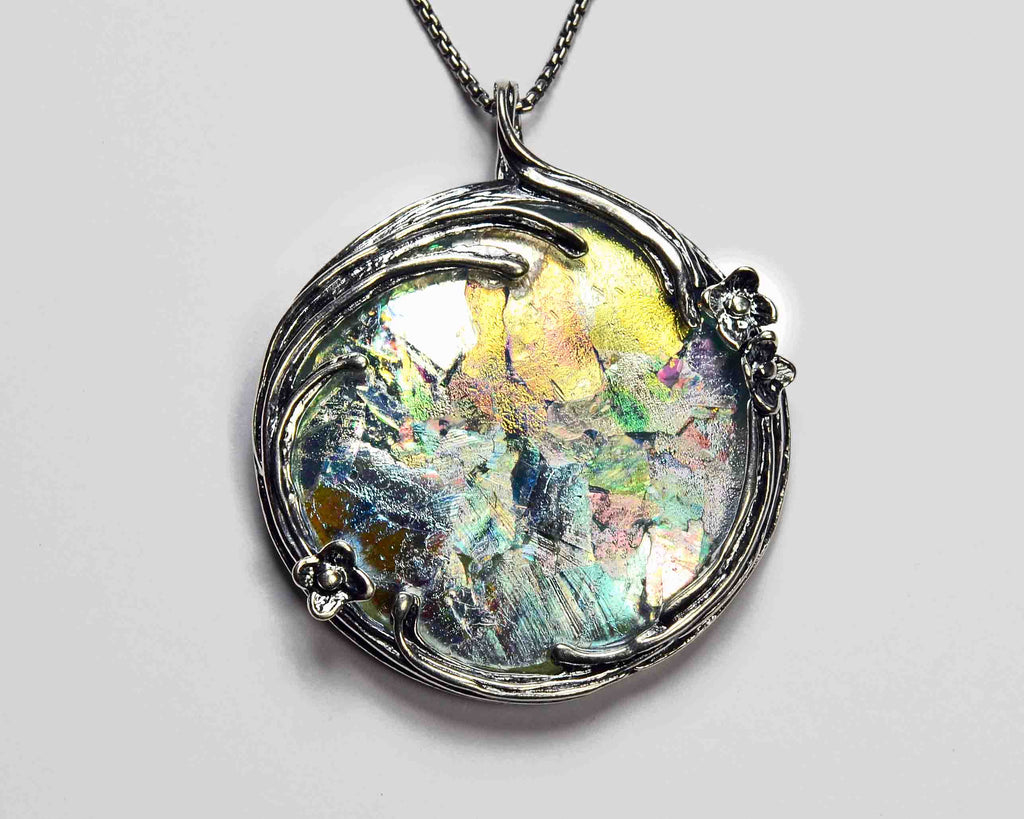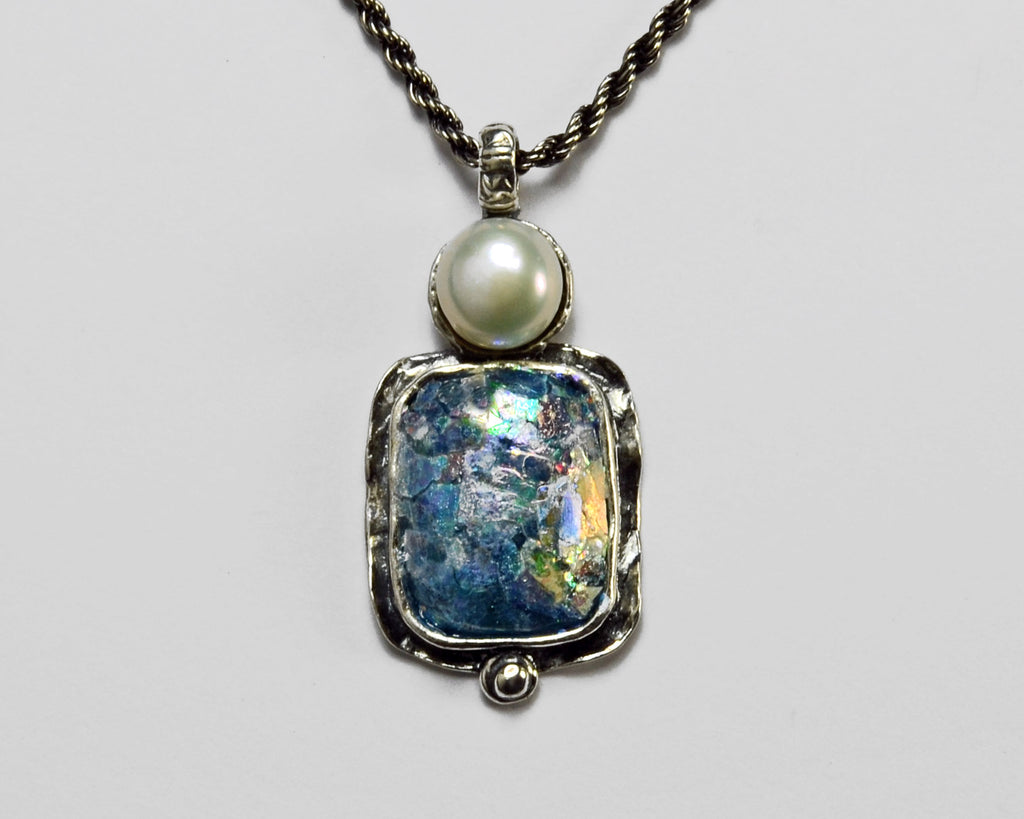Shop Local, Shop Stockbridge, Shop Heirlooms!
Happy Valentine’s Day from our whole family! I hope it is a sweet and enjoyable day for you. As we begin to emerge from the pandemic, we see a slow but steady return to normal life here in historic Stockbridge. Still one of the great destinations in New England, our lovely village in the Berkshires is a delicious slice of America as it used to be. Quaint, clean, small enough to walk around in, and always a great experience for our many visitors, it’s Norman Rockwell’s America in every way!
Did you know that shopping in town is still very easy and affordable?
Heirlooms is a local institution known far and wide for 51 years! We are down the little alley known as The Mews, directly behind the courtyard of the world renowned Red Lion Inn. Our specialty of Roman Glass jewelry from Israel has grown to make us the largest retailer in New England of this exquisite sterling silver jewelry made from 2000 year old shards of ancient glass. When you think of shopping in the Berkshires, pop on in. And did you know that besides Roman Glass, we are well known for amber jewelry; antique, estate and vintage pieces; and local, regional, and American made affordably elegant jewelry? Parking is always free, too!
In our pages on this website, as you shop you will find Roman Glass earrings, necklaces, bracelets, rings, crosses, Judaica and Stars of David, and hamsas or "Hands of God" as they are sometimes known. Many of the pieces come in sets where you can buy Roman Glass as matching earrings and necklaces. Shipping is always free, too!
When you think of shopping in the Berkshires, we’d love to see you! Please also visit and like our Facebook page and our friends at Shop Local, Shop Stockbridge and The Stockbridge Chamber of Commerce.
See you soon!
Fondly, Robin
Continue reading


